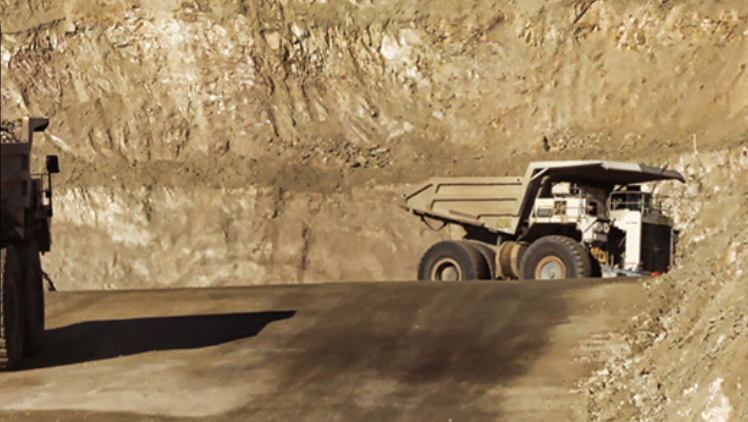The Mesquite Mine is located in the state of California in the United States. The gold deposits in the area of the present mine were discovered as early as the end of the 19th century. However, after more than 100 years of initially washing out rather small amounts of gold from the weakly metalliferous ores, the area initially fell into oblivion as a potential gold discovery site.
It was not until the 1960s that the region’s gold deposits were further explored. Today, the Mesquite Mine is owned by Canadian mining company Equinox Gold and, after extensive exploration, development and construction, is now one of the largest gold mines in the United States.
Uninteresting for professional gold mining for a long time
After gold recovery at the Mesquite Mine was rather poor for more than 100 years and the area subsequently became uninteresting and forgotten, Dick and Anna Singer meticulously recorded the earlier gold recovery efforts at the site of what is now the Mesquite Mine from 1957 to 1980 and conducted numerous investigations and studies of their own.
They sold their findings to the South African mining company Gold Fields Mining Corporation, which then acquired the mine and, after extensive exploration and expansion of the mine, began producing gold in 1986.
Development of production since its beginning
In 1992, annual gold production peaked at approximately 207000 ounces of gold at the Mesquite Mine. But in the following years, gold production at the Mesquite Mine declined again, so that the mine was even temporarily closed from 2001 to 2007 due to the decline in the gold price at that time.
In October 2018, the mine was finally taken over by the Canadian company Equinox Gold, which only made the leap from a pure development company to a gold producer with the purchase of the Mesquite Mine.
Since production began in 1986, the Mesquite Mine has produced more than 4 million ounces of gold. Within the last 10 years the average annual production was about 130000 ounces of gold.
Equinox Gold has also targeted production of 130000 to 140000 ounces of gold for the past 2021.
Gold recovery with the heap leaching process
The Mesquite Gold Mine is what is known as an open pit heap leach mine. Heap leaching is a special hydrometallurgical extraction process for extracting metallic raw materials from rock.
Because the process has relatively low capital and operating costs, heap leaching is a process often used by junior miners with relatively low capital.
The process is preferred above all for low-metallic ore, as is also predominantly the case at the Mesquite Mine.







